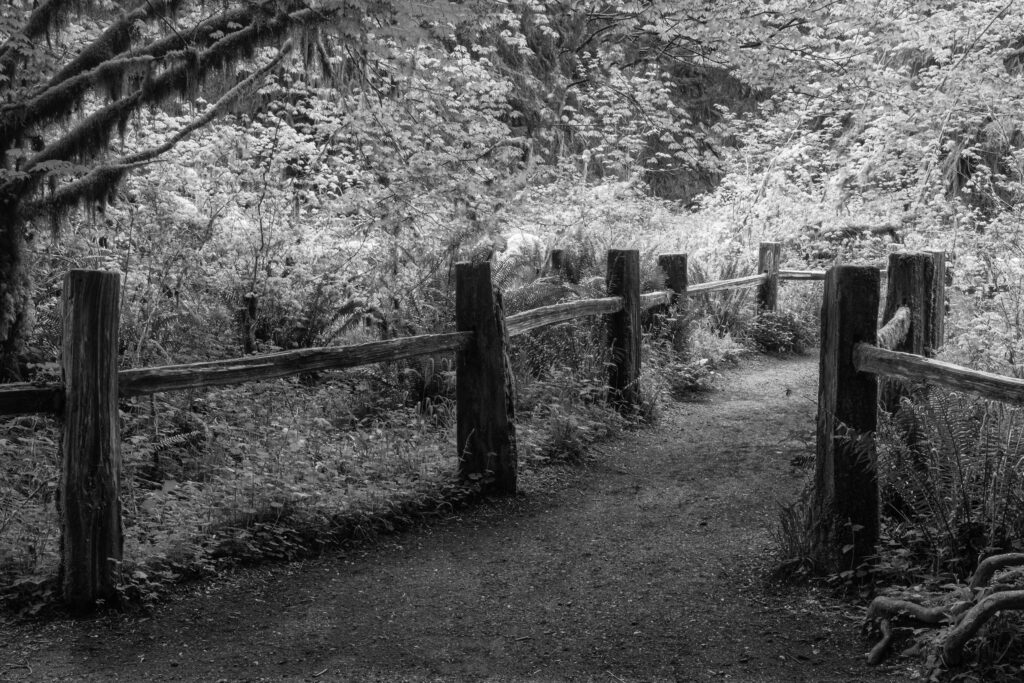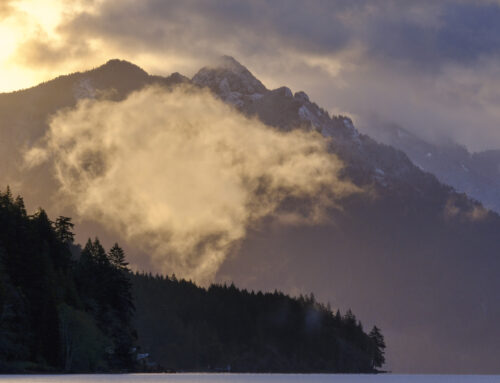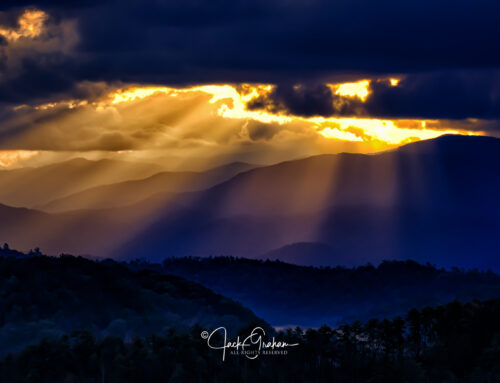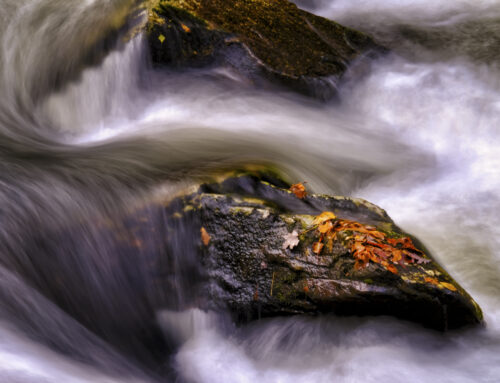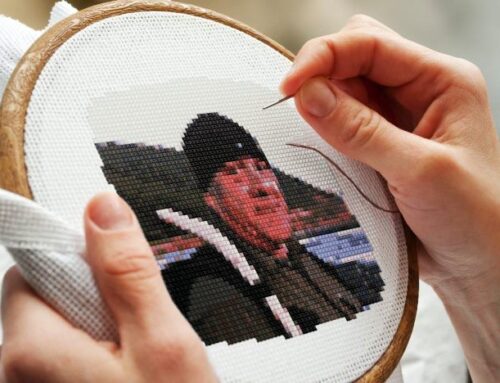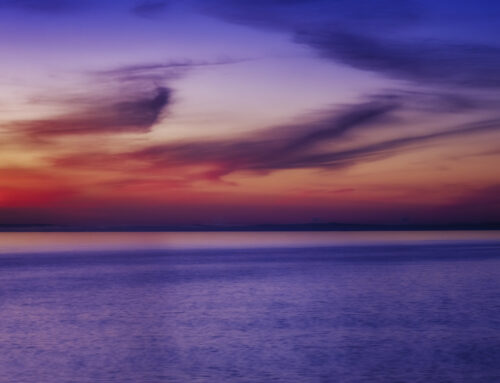Text and images ©Jack Graham / Jack Graham Photography. All Rights Reserved
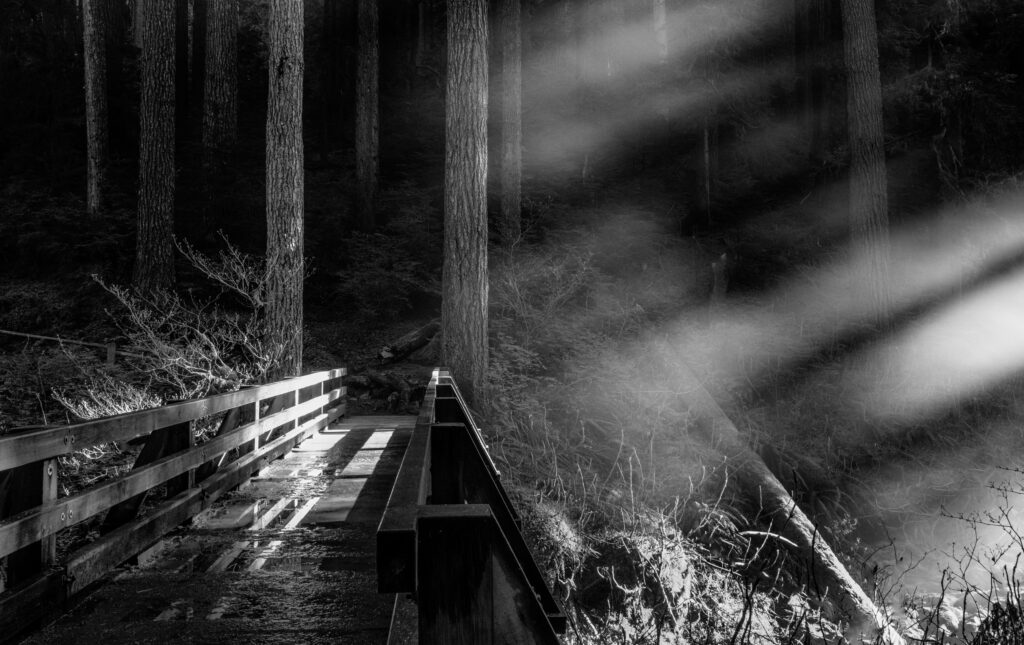 Back in 1990 guitarist Pat Metheny recorded an album with pianist Herbie Hancock and drummer Jack DeJohnette called “Parallel Realities”. I remember this title often as it reminds me of the never-ending discussion of what is real and what’s reality, as applied to photography.
Back in 1990 guitarist Pat Metheny recorded an album with pianist Herbie Hancock and drummer Jack DeJohnette called “Parallel Realities”. I remember this title often as it reminds me of the never-ending discussion of what is real and what’s reality, as applied to photography.
Let us talk about this concept as it applies to me as a nature and travel photographer. I suspect that other areas of photography may or may not be part of this concept, but for now let us leave this topic to my type of photography, nature, and travel.
I (we) am often challenged looking at images that are produced in what is referred to as representations of reality verses those heavily manipulated. Many of us strive to attain this mindset or reality, while others heavily manipulate images which is diametrically opposed to reality. For me, either direction has its merits, but there seems to be a never-ending discussion regarding reality bs real when it comes to image making. In the past few years these two concepts have become more complicated with the advent and perfection of AI (artificial intelligence). What is real verses what is reality? Let us think this through.
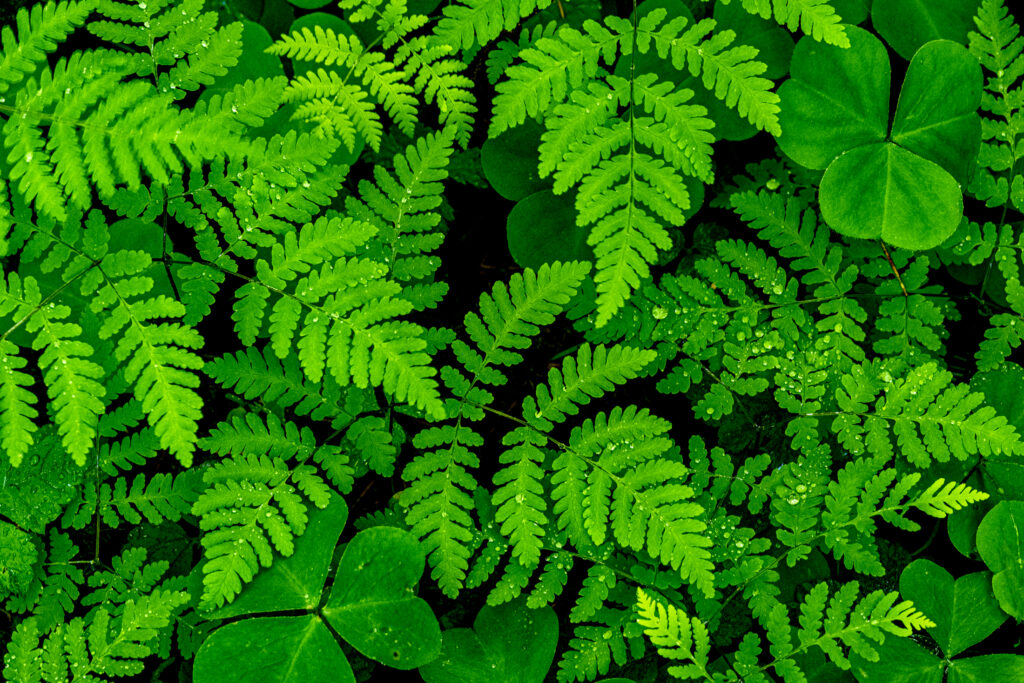 Photography evolved from painting. They adopted many of the “rules” of design that painters used for centuries. For hundreds of years, painters used their brushes, and canvases to create some very long-lasting magnificent works of art. A painting was made using these tools, while photographers up to and including today create images by pushing the shutter release and apply light to sensors, or film, all the while making decisions (before depressing the shutter release button) of lenses, white balance, exposure etc. While making things easier, the use of the technology built into out cameras & lenses as well as the at times, lack of photographic technique has eroded the “art” of image creation in photography vs that of a painter. Those who can, look at a painting and realize who the painter was based on technique and style. Some can define the period of work. When photography appeared on the scene in the 1800’s, painters feared that this merely technical concept was going to destroy the art of painting Well, it certainly didn’t and now both venues have credibility.
Photography evolved from painting. They adopted many of the “rules” of design that painters used for centuries. For hundreds of years, painters used their brushes, and canvases to create some very long-lasting magnificent works of art. A painting was made using these tools, while photographers up to and including today create images by pushing the shutter release and apply light to sensors, or film, all the while making decisions (before depressing the shutter release button) of lenses, white balance, exposure etc. While making things easier, the use of the technology built into out cameras & lenses as well as the at times, lack of photographic technique has eroded the “art” of image creation in photography vs that of a painter. Those who can, look at a painting and realize who the painter was based on technique and style. Some can define the period of work. When photography appeared on the scene in the 1800’s, painters feared that this merely technical concept was going to destroy the art of painting Well, it certainly didn’t and now both venues have credibility.
A LITTLE HISTORY
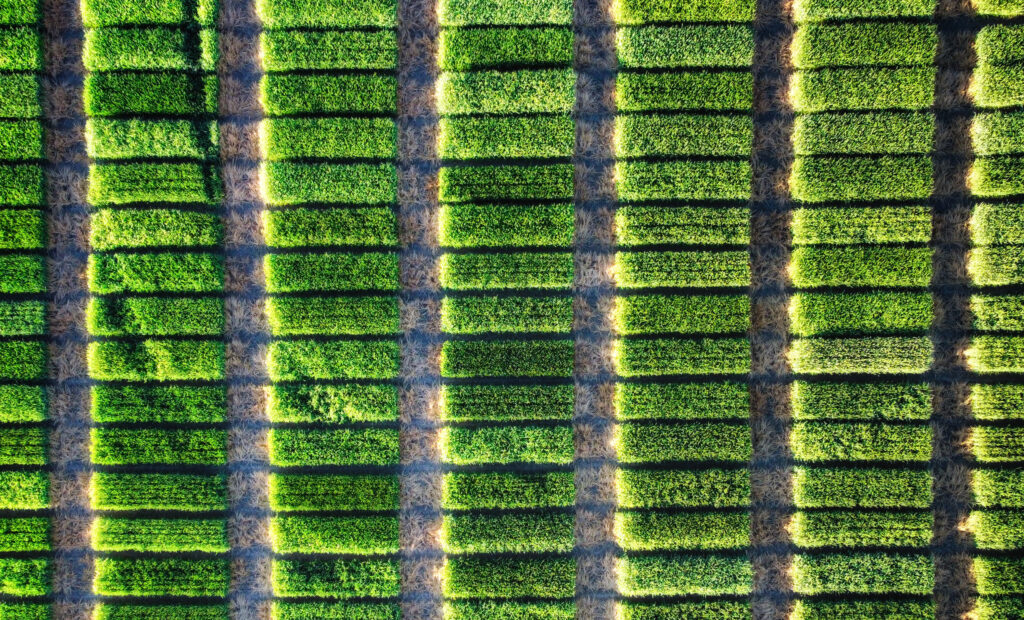
DCIM100MEDIADJI_0038.JPG
As photography became more commonplace in the mid 1800’s, and right up to today, the long-time virtues of reality have become less important. Back when photography became commonplace photographers followed the concepts set down by painters then began to use technique to create similar work. The use of creative technique, even back then, i.e., the early use of manipulation began to alter the subjectivity of the images.
Also, during these early years, photography was viewed to document the events of life. Photography was a way to tell the story of daily life more often than a way to create a work of Art. For almost one hundred years, photography had no place in art galleries and photographers were seen only as technicians, not creative artists, like painters. Early pioneers like Alfred Stieglitz and others defined photography as art and brought photographic art to the public’s awareness. Photographers like Stieglitz, Strand and others considered themselves artists. In Stieglitz’s galleries between 1900 and 1910 photography was introduced to the world as art and accepted as such by more and more people.
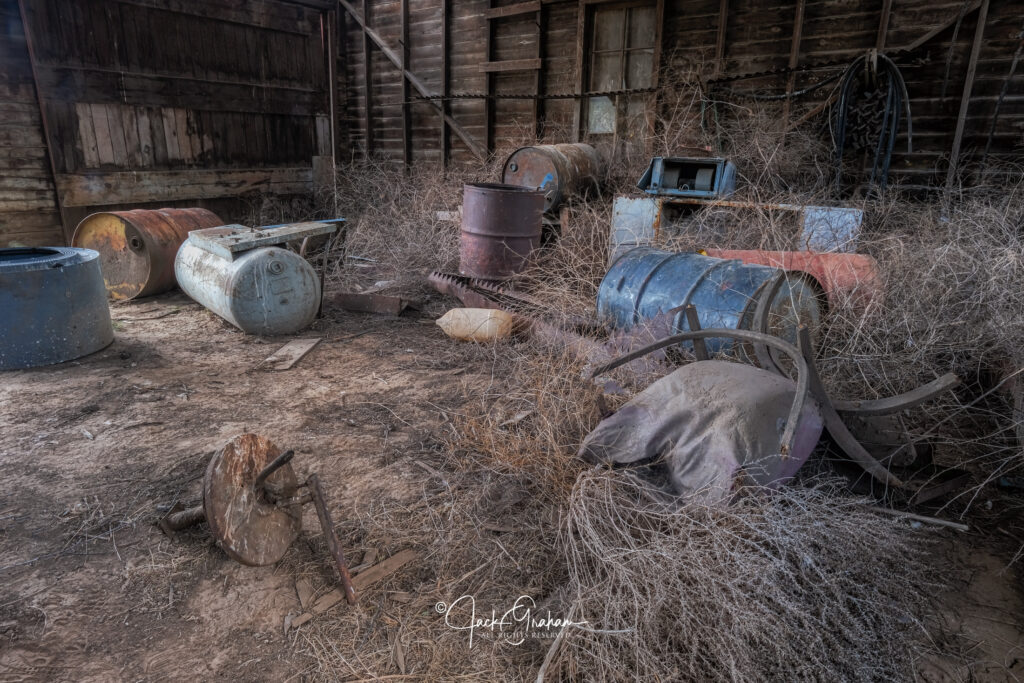 Other groups like San Francisco’s f/64 group used the combination of sharp highly focused images along with abstract compositions to achieve more notice for the art of photography. Advancements in technology allowed photographers to “manipulate” their images to fit their artistic expression.
Other groups like San Francisco’s f/64 group used the combination of sharp highly focused images along with abstract compositions to achieve more notice for the art of photography. Advancements in technology allowed photographers to “manipulate” their images to fit their artistic expression.
The never-ending question…. Where does subjectivity and reality both become apparent in photography? Using today’s highly sophisticated equipment, we have reduced the level of artistic prowess needed to become true artists. One could argue that we are now using computers with sensors, not cameras. The reduction of technique needed to become a craftsman has in many cases gone away. In many cases a photographer’s level of accomplishment is judged by technique over creativity. If all we, as photographers, are doing is trying to just recreate a subject, we have lost the art of creation.
On the other hand, is wrong to manipulate an image?
 Think about the idea of a photographer trying to capture reality. It may be reality to the photographer, but certainly not to the many viewers of their image. What is reality? Does the image really represent reality, or is it how the individual photographer sees the scene? How the image is represented is formed in the photographer’s mind well before and well after the shutter release button is depressed. What lens should we use? What point of view do we want? What aperture, what exposure, what white balance etc. are all decisions made at ultimately determine the look of the photograph. I will ask this again, is this reality? Probably not.
Think about the idea of a photographer trying to capture reality. It may be reality to the photographer, but certainly not to the many viewers of their image. What is reality? Does the image really represent reality, or is it how the individual photographer sees the scene? How the image is represented is formed in the photographer’s mind well before and well after the shutter release button is depressed. What lens should we use? What point of view do we want? What aperture, what exposure, what white balance etc. are all decisions made at ultimately determine the look of the photograph. I will ask this again, is this reality? Probably not.
However, all these (and more) aspects of image creation affect reality and create a certain level of manipulation. Different techniques may try to help one in making a photograph as realistic as possible, but, not 100% as one sees it in real life. In other words, what is real is certainly not reality. Think about this next time you say you don’t manipulate your images”! We do not view a scene like a 200mm lens does. Our eyes do not slow down water and clouds like a ND filter does. These techniques, applied, before the light is sent onto our sensors are in fact manipulation, just as much, if not more than using software in post processing is.
I often see other photographers trying to make images as realistic and truthful as possible. Though a noble concept, these images are often not interesting and compelling. What is happening is the image is in fact an encountered form of reality influenced by individual choices and internal sensitivity.
POST PROCESSION
Certainly, in post processing there are no boundaries and endless way to add an individual touch to an image. It is interesting to me that when images are post processed and heavily manipulated the are viewed by others as manipulated and thus become less creative. Again, what if we used a 200mm lens? Did not the use of a lens much different than what the reality we see with our eyes become a form of manipulation? Certainly, we do not see at 200mm. What if we underexposed to bring out color and texture by adjust settings in our cameras? Is not that manipulation as well? Did you use a ND filter? Again, these decisions are made in the field way before your darkroom. Are they less or more manipulated than those used in post processing?

CONCLUSION
Rarely does anyone say that decisions we make in the field manipulate the image. What is interesting to me is, if post processing is used successfully, post processing allows our images to most of the time, become somewhat more realistic. We can adjust the images temperature and other things like brightness and contrast to attempt to make the image look as it did in the field. In other words, manipulation, when applied correctly (another subjective concept!) can aid and often is accomplished successfully while bringing home the reality. Post processing can restore some reality to the image… sometimes!
Reality in photography is a misconception. What we have is various levels of reality. What is “real” and what is “reality? That is a question for the ages.
